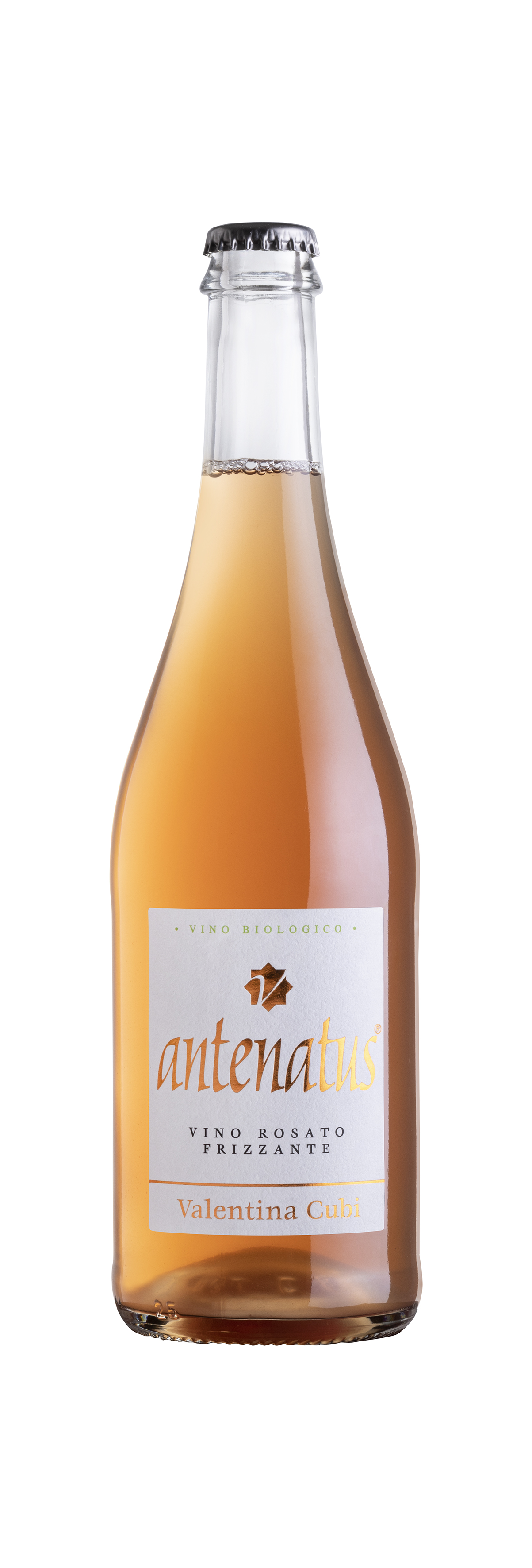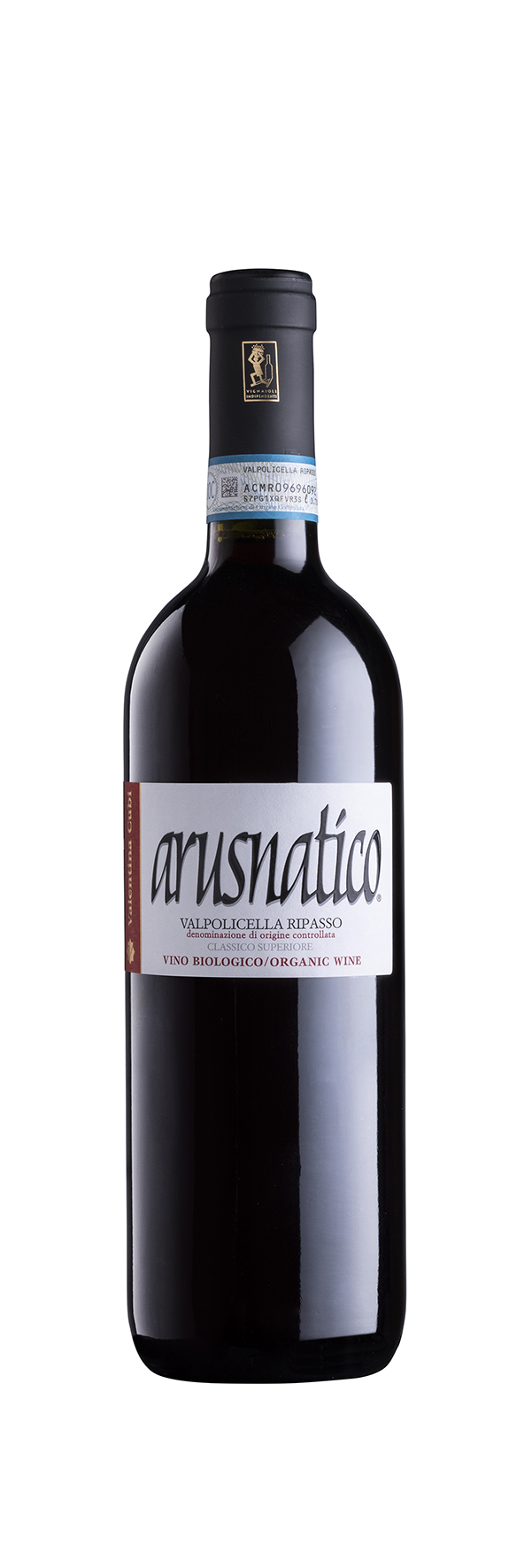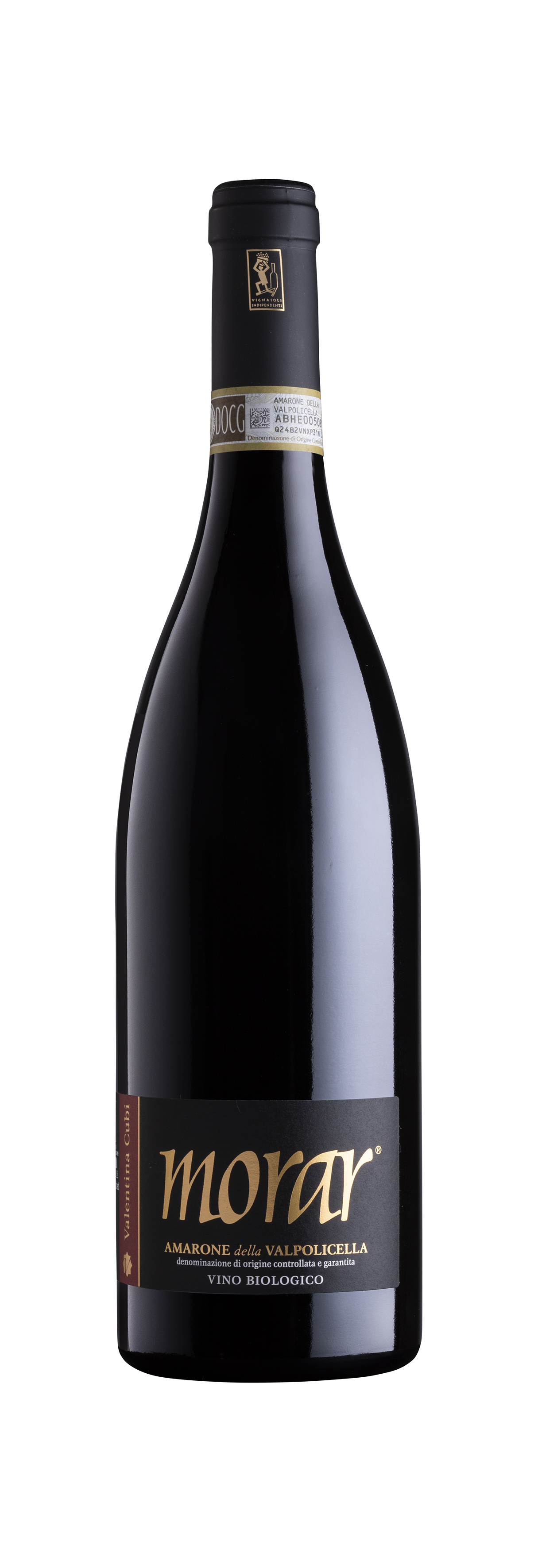- About us
- Company details
It was 1970 when Valentina and his husband Giancarlo took over what is today Valentina Cubi Estate. During the years we have acquired 13 hectares of land (10 cultivated with grapes and 3 with olive trees). Only indigenous grapes varieties are planted and treated with a modern approach, following the traditional, local production practices. In 2014 we decided to embrace the organic production, because we had the desire to work with respect for nature. Hence, we have fully switched to organic. The aim of adopting this rigorous discipline is to produce natural wines with personality, quality and structure, in line with the typical traits of the finest red wines of Valpolicella.
Year of establishment:
1970
Number of employees:
FROM 3 TO 9 EMPLOYEES
Annual turnover:
between 250.000 and 500.000 Euro
Reference year of turnover:
2023
Export turnover:
From 75.000 to 250.000 Euro
Activities:
Growing of perennial crops
Growing of grapes
Manufacture of wine from grape
Accommodation on farms
- Contact Information
- Business Proposals
Company:
AZIENDA AGRICOLA VALENTINA CUBI
Web site:
Address:
Via Nassar, 37
City:
San Pietro in Cariano (VR)
Zip Code:
37029
Social media:
Tag:
No business proposals uploaded
- Map
Antenatus Rosè Frizzante - ancestral method - Organic Wine

Production process: manual harvesting. Vinification in stainless still tanks. Pre-fermentation maceration (1 day). Alcoholic fermentation takes place at 14°C and goes on after bottling. To complete the fermentation, the bottles are kept in a dark place at a controlled temperature. During this resting period, the yeasts degrade by lysis, giving the wine its unique traits. No disgorgement.
Organoleptic features: light pink with orange reflections, fine and remarkable perlage. Intense at the nose, with typical spicy bouquet, citrus notes of pink grapefruit and small red berries. Pleasantly fresh and mineral at the palate with good softness and decisive persistence. Excellent as an aperitif, should be served chilled.
Food pairing: finger food and fish starters.
Sin cero Rosso Verona IGT - no added sulphites - Organic Wine

Production process: hand harvested from mid-September to the second week of October. The grapes are fermented with indigenous yeasts in a stainless steel truncated conical tank. Regular pumping over is the primary extraction method. The wine remains for 9 days on the skins before being decanted and refined for a few months.
Organoleptic features: the color of this wine is purple red and its bouquet is very intense with notes of red berries, flowers and a touch of spices given by the grapes varieties. To drink young and enjoy its liveliness.
Food pairing: aperitiv, pasta with vegetables, smooth cheese.
Arusnatico Valpolicella Ripasso Classico Superiore DOC - Organic Wine

Organoleptic features: medium ruby red. Notes of cherry, violet with a touch of spice. Minerally and savoury at the palate with lively and succulent red fruit. Long fruit driven, fresh finish without any heaviness.
Production process: manual harvest. After the grapes are destalked and crushed they are led into temperature controlled stainless steel tanks. After the alcoholic fermentation is completed, the young wine is run over the pomace of the Amarone for a maceration period of 10 days. During this phase a slight refermentation occurs and the wine takes on more viscosity and extracts, which results in a denser mouthfeel in the final wine.
Food pairing: pasta and risotto with meat, red meat, boiled meat, semi-hard cheeses.
Morar Amarone della Valpolicella Classico DOCG - Organic Wine

Production process: manual harvest from the end of September to the beginning of October. Selection of the grapes, because only the best part of each bunch is picked. Vinification starts in January. Alcoholic fermentation takes place in tronconic stainless steel tanks, under controlled temperature of 14 C° - daily pigeage. At least 12 months in wooden barrels. After bottling the wine is aged for some months in the estate’s cellar before being released to the market.
Organoleptic features: garnet red color. Perfumed and elegant, with red cherry and plum notes. Hints of spices emerge in the finish. Great freshness and succulence on the palate, with lovely tannic grip and a red dried fruits finish.
Food pairing: grilled read meat, braised meat, seasoned chees, typical dishes of Verona such as Pastisada de Caval or beef stew with Amarone.
QB Rosso Verona IGT - Organic Wine

Production process: harvest from the beginning to mid-September, only manual for a careful control of the grapes. The crushed grapes are fermented in special tronconic tanks, under controlled fermentation temperature. Aging 6 months in wooden barrels. After bottling the wine is aged for some months in the estate’s cellar before being released to the market.
Organoleptic features: intense purple red, violet red edge. Predominant hint of cherry, followed by a mixture of liquorice and spices. Moderately fresh on the palate, savory with a slight tannic vein that makes it full and with good persistence.
Food pairing: flavourful pasta or risotto, game, semi-seasoned cheese.
Web site
https://www.valentinacubi.it/en/qb/


